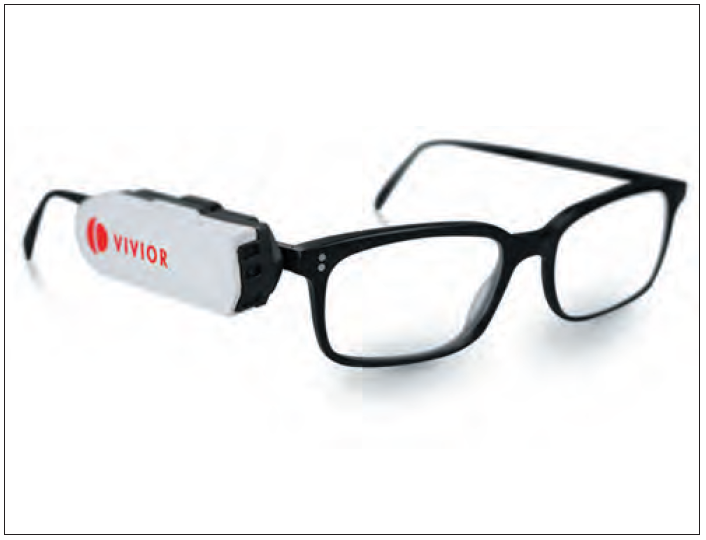Innovations in objective visual behaviour testing help match patients with optimum advanced technology IOLs. Roibeárd O’hÉineacháin reports from the 39th Congress of the ESCRS in Amsterdam.
Subjective and objective preoperative assessment of patients’ day-to-day visual behaviour helps tailor the selection of advanced technology intraocular lenses (AT-IOLs) to their individual visual needs, according to Arthur B Cummings MD, FRCSEd, PCEO.
Dr Cummings noted the COVID-19 pandemic has brought about dramatic changes in consumer behaviour, with greater spending on personal healthcare and well-being. In addition, masks and the resultant fogged glasses have increased the demand for refractive cataract surgery. These trends have coincided with an explosion in the development of advanced technology IOLs, with a wide range of focal properties, including new non-diffractive extended range or EDOF IOLs, monofocal-plus IOLs, and trifocal IOLs.
“To keep this momentum going we need to ensure a safe and seamless patient experience with efficacious outcomes and high patient satisfaction,” he said.
Achieving that aim requires the optimisation of every aspect of eye care delivery, with special consideration given to the changes society has adopted in response to the pandemic. For example, booking an appointment online should be as easy as booking a restaurant, flight, or hotel. In addition, the medical history form should be easy to submit from a phone, tablet, or laptop, and the initial consultation should be conducted on a virtual basis wherever possible. This is not only to navigate COVID-19 but in fact provides a better patient experience.
OBJECTIVE VS SUBJECTIVE ASSESSMENT
The subjective assessment of patients’ visual needs, whether in lengthy interviews or questionnaires, has several shortcomings, Dr Cummings noted. Interviews are time-consuming and depend on the patient’s ability to express themselves and the surgeon’s ability to understand them. Questionnaires can provide important information regarding work, lifestyle, and personality type, but they do not show the whole picture and they remain completely subjective.
A new device called the Vivior Vision Behaviour Monitor can objectively obtain a truer assessment of patients’ visual needs. The device uses time-of-flight distance sensors, ambient light, RGB sensors, and inertial and magnetometer sensors to measure patients’ daily visual behaviour.
The Vivior monitor is roughly the size of a USB drive and designed to clip on the side of spectacles. After gathering 36 hours of visual data during the testing period, patients return the device, and the recorded data is uploaded to a cloud site. Artificial intelligence algorithms then provide a profile of the patient’s visual priorities, which can then be compared to the optical performance properties of every IOL with a published defocus curve. In essence, the software determines the most appropriate IOL defocus curve that best matches the patient’s defocus curve.
PREPARING FOR SUCCESS
For surgeons considering the Vivior monitor, Dr Cummings advised patients should be free of all ocular surface morbidity at the time of surgery. In addition, patients should be excluded if they have irregular topography or tomographic signs of disease in the macula or outer retina when considering diffractive AT-IOLs.
In terms of an IOL power calculation, artificial intelligence-based formulas are providing the best refractive outcomes at present, he noted. He also emphasised that, when obtaining informed consent, the surgeon should be sure the patient understands the IOL choices and refractive targets regarding the procedure.
“We are at a turning point in the uptake of advanced technology IOLs. We can increase the odds of success with meticulous planning and execution of procedures with appropriate patient selection and appropriate selection of IOL power and IOL design,” Dr Cummings concluded.
Arthur B Cummings MD, FRCSEd, PCEO is a Consultant Ophthalmologist, Wellington Eye Clinic and Beacon Hospital, Dublin, Ireland. abc@ wellingtoneyeclinic.com
Disclosures: Dr Cummings is MAB of Vivior and Alcon and on Alcon’s Board of Directors.


